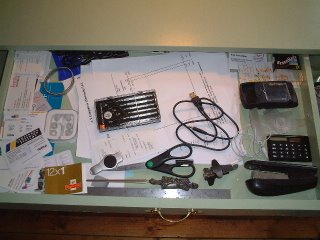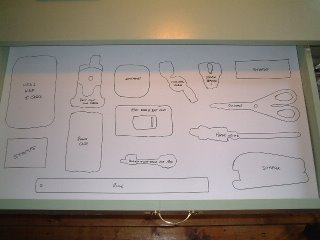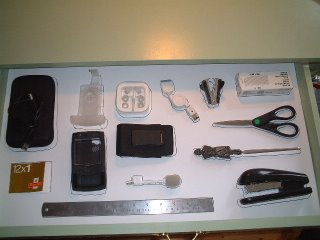When you’re trying to change the behaviour of people, you need to use every possible communication tool at your disposal. It’s not enough to tell people what you want them to do. Or even to tell them again . . . and again . . . and again.
Too often, your message is competing with too much other stuff. There are three categories for this:
- Noise from other sources, like things going on at home, or elsewhere at work
- Comfort in the way we’ve always done things
- Fear of new suggestions. The may look like laziness, but it's probably not!
So you need to overcome these barriers and create an environment in which people almost can’t help but go along with the changes you’re trying to make. Often people try putting up signs or notices. Like this one, which every organisation seems to have somewhere:
“Please leave this kitchen area in the same condition as you’d like to find it”
, and so it’s just as easily filtered out as when you tell people what to do. Put it this way, most people didn’t actually like school, where they were TOLD what to do. So they got very good at filtering out the voice from the front of the class. Now, even if they want to listen and act, their brains simply aren’t tuned in to verbal messages.
To get through to people, you need to bypass their communication filters. That means plugging your message into other parts of their brains - the parts that deal with emotion, images, and imagination.
SEVEN TIPS1. Get The Team Involved; You Need Their ImaginationYou’re a Team Leader, but that doesn’t mean you do all the leadership work yourself. In fact it’s a whole lot easier if you can get the team to do most of the work! So select a small project that everyone can contribute to.
2. Grandpa’s ShedUse shadow boards to show where each tool should go. Use clips to hold tools in place. Draw round the tools, and colour in the outline. You can easily se where everything should go, and when something’s missing.
3. Leave a DepositIf you share equipment with other people, set up a token system. Whenever anyone takes a tool from the shadow board, they leave their colour-coded token in its place, so you can instantly see where it is.
4. Missing ManualsGot a bookshelf that’s shared? No-one putting books back in the right place? Get them all into the right order, and then draw a diagonal line across the spines. That makes it easy to see where each should go, and when one’s missing or out of order.
5. Keep The Aisles FreePaint the aisles and walkways a different colour to the ‘work’ areas. If you’re in an open-plan office, see if you can move the carpet tiles around to create the same effect. Nothing should ever be stored in the aisles!
6. No WaitingAisle ends are always a problem - especially in warehouses. Paint these as ‘box junctions’. No entry to the painted area, unless your exit is clear.
7. Finally . . . The Clean Kitchen!And how do you get people to clean their coffee cups, rather than just dumping them in the sink? Put up a LARGE photo of how it should look. Label all the features that make this different from how things generally are now(”Cups cleaned & put away”; “Milk back in the fridge”; “Spilt sugar cleaned up”; etc).
WHAT NEXT?This edition of TeamTips is concerned with the people-management side of Team Leadership. There are three things you can do if you’re interested in finding out more about this:
1. Read a BookWe recommend
“Five-S For Operators: 5 Pillars Of The Visual Workplace”, by Hiroyoki Hirano. It’s one of Productivity Press’s great books, and is from the Sevenrings book shop at www.sevenrings.co.uk/bookstoreandlinks.asp.- just click on the Amazon.co.uk logo to order.
2. Read Our In-Depth Management Briefing Paper on team management.We publish a series of more detailed papers - just visit www.sevenrings.co.uk and click on the ‘free stuff’ button.
3. Call SevenringsWe’ve helped dozens of individuals and organisations improve their teams’ performance, and we’d be happy to talk to you about your particular situation at no initial charge.
We specialise in helping people to get better results by changing the way they work. We can provide training from 1/2 day taster sessions focusing on just one aspect of the Team leader’s role, up to comprehensive programmes over several months.
Our phone number is 0044 191 2522 335.
Finally . . . you can download this posting as a
pdf article on visual management, or (after 11th July), download a
podcast on visual management to accompany this article:










